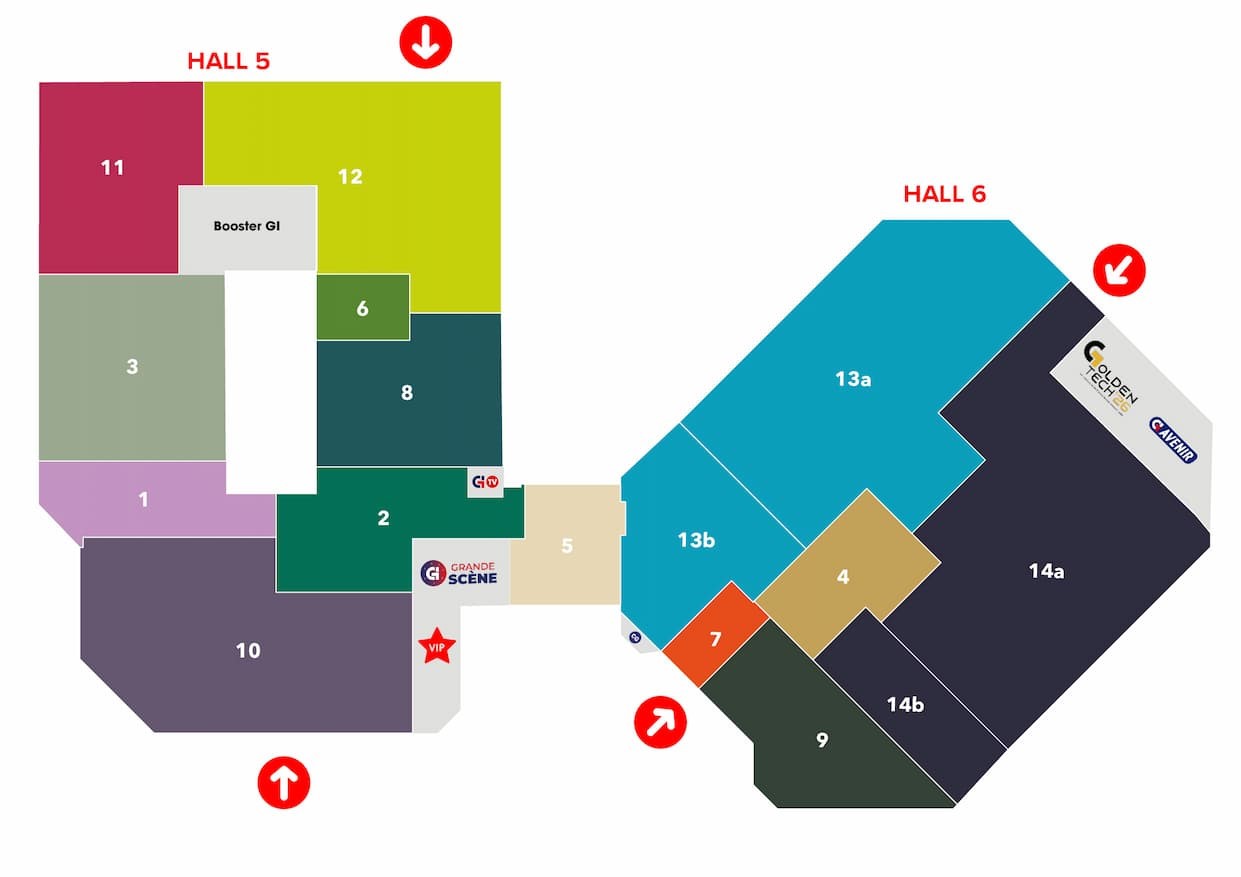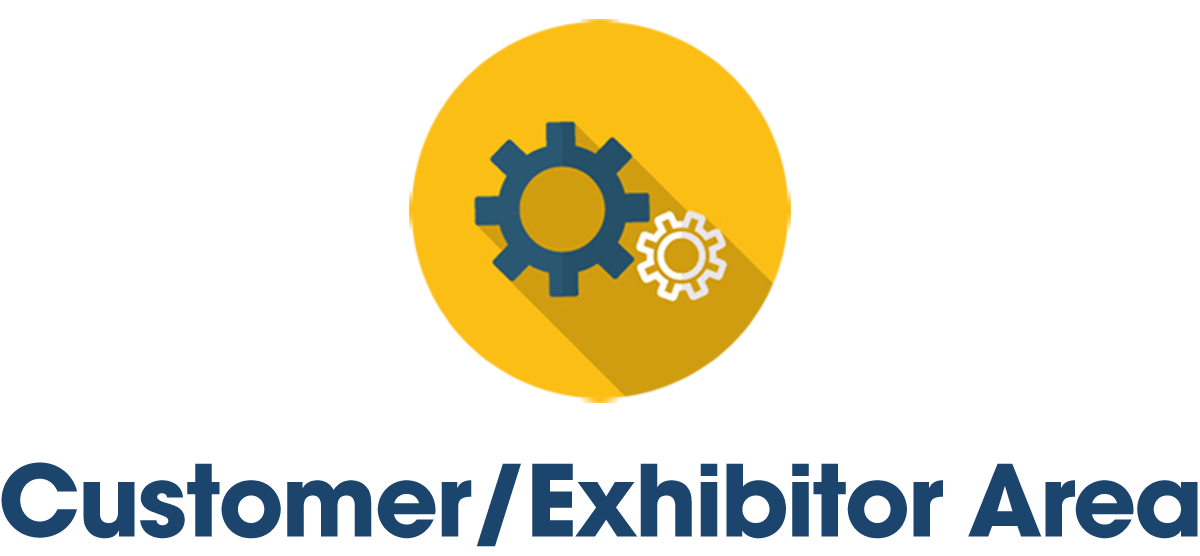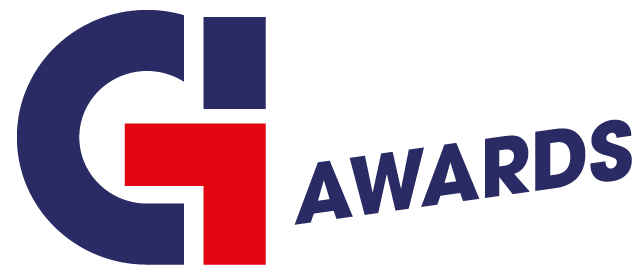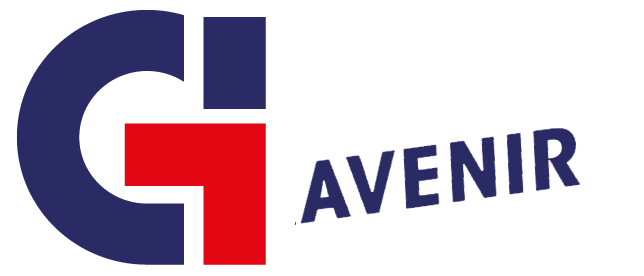
- Homepage
- Our latest news
- AI looks at breast cancer
AI looks at breast cancer
‘Pink October’ is celebrating its 31st anniversary. The event, symbolised by the pink ribbon, focuses on organised screening, in conjunction with the French National Cancer Institute. Over the years, screening techniques have evolved, thanks in particular to innovations in artificial intelligence (AI) for diagnosing breast cancer. In France, 60,000 new cases of breast cancer are diagnosed every year.
The healthcare sector is no exception to the AI wave. Thanks to machine learning algorithms and the power of data analysis, AI is improving not only early detection but also the personalisation of care.
And, at the start of Pink October, TF1 and Les Echos, as well as other media, have gone to meet healthcare professionals who are now using artificial intelligence.
In ‘Les Echos de l'AI’, the Podcast team talks to Marie Sockeel, co-founder of Primaa, a start-up that speeds up breast cancer detection. Founded in 2018, the family-run start-up has set out to facilitate the work of pathologists by using artificial intelligence. Thanks to CleoBreast software, AI is now able to interpret tissue samples and identify breast cancer biomarkers. This technology is already being used by researchers at the Pasteur Institute and several university teaching hospitals in France. According to the article, CleoBreast's results are 99% reliable. ‘Combined with that of doctors, the rate is almost 100%’, says Marie Sockeel, co-founder of Primaa and herself a pathologist.
Like a weather map
‘The AI tells us: there's something to look at here. So it alerts us to an area and we analyse that area in more detail’, explains Isabelle Thomassin-Naggara, head of the radiology department at the Tenon hospital in Paris, on TF1, for patients who come for breast cancer screening.
She adds: ‘In the end, it's as if we had a second reader who was also giving us his opinion, so we can compare our opinions live’. This new tool is a guarantee of reliability, because unlike a human being, AI never tires...
Software working at night
Another journalistic perspective comes from the Curie Institute, where potentially cancerous tissues are being studied. The use of artificial intelligence is a minor revolution. During the night, software programmes analyse tumours taken from patients in place of doctors, to determine whether or not they are cancerous. The AI tool colours cancerous lesions red and benign ones blue. The tool is a real help in establishing a cancer profile.
Finally, as in industry, doctors are testing predictive AI.








